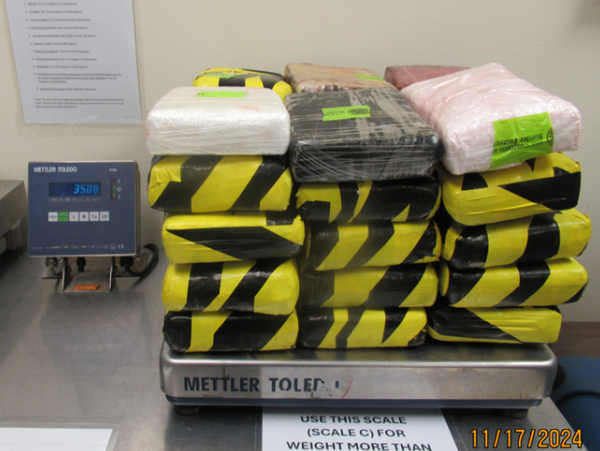
Unlocking employees’ creative potential has long been recognized as a key component of management. Creativity is the bases for innovation and innovation is the turning point for successful results. Front-running businesses are well aware of it and invest time and resources on developing creative structures and teams. And design thinking is one of their preferred tools for it.
Defined by Roger Martin, as ‘a halfway house between analytical thinking, for the purely deductive and inductive logical thinking that utilizes quantitative methodologies to come to conclusions, and intuitive thinking, knowing without reasoning’ design thinking works because it relays on unleashing the creative side of every issue. It takes what it is or what we know, and it twists it into what ideally and creatively it could eventually be at its best. It helps teams and business to organize, make decisions, improve situations, gain knowledge and boost performance and results.
But how and when to use it is a science still unknown by the common of the mortals having many times to rely on innovation consultancies to successfully do the job. If you are still at the beginning stage, but you want to try things out, you can always start with these basic diagrams to help your team unleash their creative potential.

1. The vision diagram
Start as simple as to write the word ‘vision’ in a very bright color with a circle around it. When decision making is getting harder, a simple reminder and reflexion about the vision we are supposed to follow can help a lot to find the right solution. Sometimes, and in very early state business most of the cases, it can even lead to rethinking and refining the initial set vision for a more updated and appropriate one. Don’t be afraid!
2.The right focus diagram
Draw a triangle and an arrow point to it before the question ‘Are we focusing on the right things’?. Quite often, the biggest obstacle against finding a solution or reaching desired objectives is a wrong focus on the wrong things. Is this really the starting point that we should be taking into consideration?
3. The all requirements diagram
Are we meeting really all the requirements? One horizontal and one vertical line through it and a couple of requirements and checkmarks can be the open door for reflexion about all those eventual missing points that are stopping our idea or product from greatness.
4. The milestones diagram
How does the project plan work? Are we following the right path to get to the required point? What are the steps towards it? Visually speaking, all these questions can be quickly spoken by drawing a line from ‘now’ till ‘next week’ or whatever deadline you want to set up with enough dashes as to represent all the different milestones that the team needs to cover.
5. The all pieces diagram
How to better prioritize? How to identify the difference between what it is urgent and important? What is needed and what really will make the difference. A pizza diagram with a question mark inside will inspire the team to better visualize the small, medium and big ‘slides’ of the project and its importance with regards to the whole thing.
6. The consumer profile diagram
Draw a few stick figures that could lead the team to speak about the customers. Circle one of them and give it a name. ‘This customer is Ben. He is in his 40, works in banking, has just bought a house through a 25 years loan and has 2 kids un pre-primary. What does Ben want? What does he care about?
7. The dots connection diagram
Sometimes results do not make sense at all. Or they clearly differ from those ones we were envisioning. Many times we simply forgot to connect an important but hidden ‘dot’ to the whole process. Drawing a bunch of circles connected to the main tags or words representing our main product axes will help the team to find the missing one and to replicate the process and the envisioned results taking all the different points into consideration.
8. The middle ground diagram
If your team is having problems to be on the same page, draw a line with two arrows on either ends, representing the different opinions and visions of the thing. Forced to work on the middle ground. To find this middle ground that brings them back together.
9. The out of the box diagram
A box with an arrow pointing outside the box is the best time to remind your team about the need for a crazy moment of crazy ideas. For all those ones that sound too ambitious, too unrealistic, too costly, too futuristic, too ‘not for us’!
10. The clarifying diagram
Three columns labeled A, B and C can be absolutely useful to help the team separating the discussion into different streams of thoughts. This can be very useful when the same issue is facing different sub-issues that need to be addressed.
11. The ideas diagram
Unleash peoples’ visual creativity by drawing the word ‘ideas’ inside a huge creative cloud. Time to speak them out and draw them around this cloud!
12. The step by step diagram
One, two, three with arrows between them will make the starting point for identifying and reorganizing the different steps to be taken for getting to a final desired point!
13. The cornerstones diagram
Every great strategy needs to have three strong cornerstones. Or four. Or five… So depends on the ultimate aim of your strategy, draw a triangle, square or pentagon with questions marks in each one of the angles. What are our strategical cornerstones?
Whiteboard + markets is everything you are still missing!







